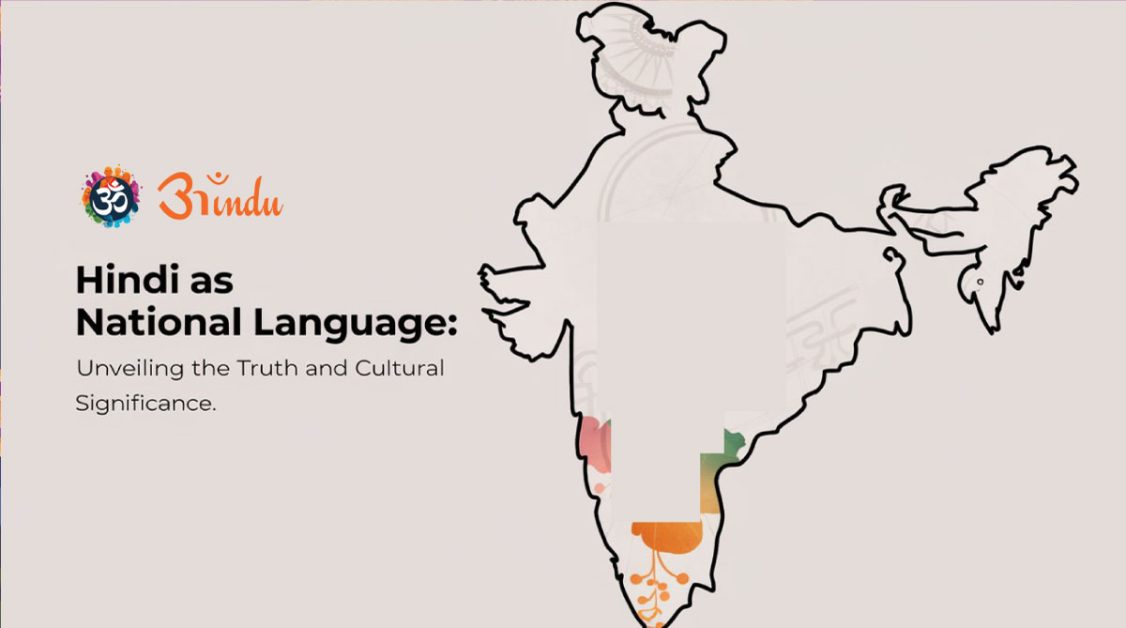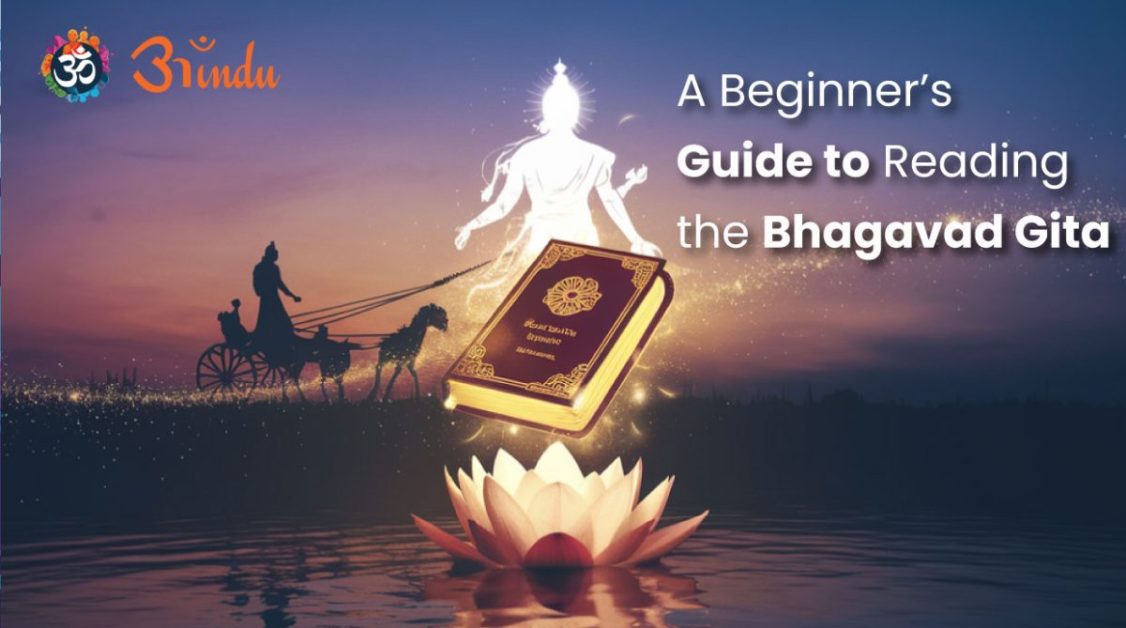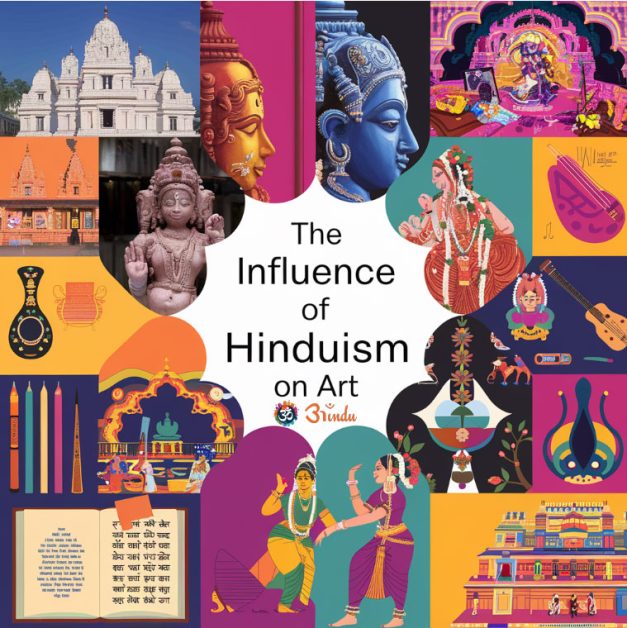
The debate surrounding Hindi as national language has been a topic of discussion for decades, deeply intertwined with India’s cultural and political landscape. For the Hindu community, and indeed for all Indians, understanding the facts behind this issue is crucial. It’s not merely a matter of linguistic preference but a reflection of our shared heritage and the potential for national unity. This blog aims to explore the multifaceted aspects of Hindi as national language, delving into its history, current status, and cultural significance.
Explore Blog Content
ToggleExploring the Facts and Cultural Nuances
Historical Context: The Evolution of Hindi
- Origins and Development: Hindi’s roots can be traced to Sanskrit, the ancient language of India. It evolved through various stages, including Prakrit and Apabhramsa, before taking its present form. This historical lineage connects Hindi to the rich literary and philosophical traditions of Sanatan Dharma.
- The Freedom Struggle: During the Indian independence movement, Hindi emerged as a unifying force, symbolizing national identity and resistance against colonial rule. Leaders like Mahatma Gandhi advocated for Hindi’s adoption as the national language.
- Constitutional Debates: After independence, the Constituent Assembly debated the status of Hindi. While it was adopted as the official language of the Union, it was not declared the national language, reflecting the linguistic diversity of India.
- The importance of knowing the history of Hindi as national language: Understanding this history is very important to see the importance of the Language.
"यदि हम भारत को एक राष्ट्र बनाना चाहते हैं, तो हिंदी को राष्ट्रभाषा बनाना होगा।"महात्मा गांधी (Mahatma Gandhi)
"If we want to make India one nation, then Hindi must be made the national language."
Current Status: Official Language vs. National Language
- Official Language Status: Article 343 of the Indian Constitution designates Hindi in Devanagari script as the official language of the Union, along with English.
- The Eighth Schedule: The Eighth Schedule of the Constitution lists 22 scheduled languages, including Hindi, recognizing the linguistic diversity of India.
- Debate on National Language: The absence of a national language has led to ongoing debates, with proponents arguing for Hindi’s recognition due to its widespread usage and cultural significance.
- Understanding the difference: It is important to know the difference between the official and national language, when discussing Hindi as national language.
Cultural Significance: Hindi and Sanatan Dharma
- Literary Heritage: Hindi boasts a rich literary tradition, with works by poets like Tulsidas, Surdas, and Kabir deeply embedded in the cultural fabric of India. These works often draw upon the philosophical and spiritual teachings of Sanatan Dharma.
- Religious Texts: Many religious texts and scriptures, including the Ramcharitmanas and the Bhagavad Gita, have been translated and interpreted in Hindi, making them accessible to a wider audience.
- Popular Culture: Hindi cinema, music, and television have played a significant role in popularizing the language and spreading cultural values associated with Sanatan Dharma.
- The importance of culture: The culture of the people is very important when discussing Hindi as national language.
Linguistic Diversity and Regional Languages
- Respect for Regional Languages: India’s linguistic diversity is a source of pride, and any discussion about Hindi’s status must acknowledge and respect the importance of regional languages.
- The Three-Language Formula: The three-language formula, which promotes the study of Hindi, English, and a regional language, aims to balance national and regional linguistic needs.
- Promoting Multilingualism: Encouraging multilingualism can foster greater understanding and unity among diverse communities.
- Avoiding Linguistic Imposition: It’s crucial to avoid any perception of linguistic imposition, ensuring that the promotion of Hindi is done in a way that respects and celebrates linguistic diversity.
"भाषा केवल विचारों का माध्यम नहीं है, यह हमारी संस्कृति और पहचान का भी प्रतीक है।"अटल बिहारी वाजपेयी (Atal Bihari Vajpayee)
"Language is not only a medium of thoughts, it is also a symbol of our culture and identity."
Practical Considerations: Communication and Unity
- Lingua Franca: Hindi serves as a lingua franca in many parts of India, facilitating communication among people from different linguistic backgrounds.
- Government Communication: The use of Hindi in government communication can improve accessibility and transparency, particularly in Hindi-speaking regions.
- National Integration: Promoting Hindi can contribute to national integration by fostering a sense of shared identity and belonging.
- The benefit of unity: The benefit of national unity is a strong point, when discussing Hindi as national language.
Modern Challenges and Opportunities
- Globalization and English: The increasing influence of English in the globalized world poses a challenge to the promotion of Hindi.
- Technology and Language: Technology can play a crucial role in promoting Hindi through digital platforms, translation tools, and language learning apps.
- Educational Initiatives: Strengthening Hindi education in schools and universities can contribute to its wider usage and preservation.
- Cultural Preservation: Promoting the Hindi language is also promoting the rich culture that comes with the language.
Summary: Finding a Balance
The issue of Hindi as national language is complex and multifaceted. It involves historical, cultural, linguistic, and political considerations. While Hindi holds a significant place in India’s cultural heritage and serves as a lingua franca, it’s essential to respect and celebrate the country’s linguistic diversity. Finding a balance between promoting Hindi and preserving regional languages is crucial for fostering national unity and cultural harmony. By understanding the facts and engaging in constructive dialogue, we can navigate this issue in a way that strengthens our shared identity and celebrates our rich linguistic heritage.
FAQs Section:
- What is the difference between an official language and a national language in India?
- An official language is used for official government purposes, while a national language symbolizes national identity and unity. In India, Hindi is an official language, but there is no officially declared national language.
- Why is there a debate about Hindi as the national language?
- The debate stems from India’s linguistic diversity. While Hindi is widely spoken, many regional languages are also vital. Proponents argue for Hindi’s recognition due to its widespread use, while others emphasize the need to respect regional languages.
- What is the historical background of Hindi’s status in India?
- During the freedom struggle, Hindi was seen as a unifying force. After independence, it was adopted as the official language of the Union, but debates about its national language status continued.
- How does Hindi connect with Sanatan Dharma?
- Many religious texts and scriptures are available in Hindi, making them accessible to a wider audience. Hindi literature also draws upon the philosophical and spiritual teachings of Sanatan Dharma.
- What is the three-language formula?
- The three-language formula promotes the study of Hindi, English, and a regional language in schools, aiming to balance national and regional linguistic needs.
- How can technology help promote Hindi?
- Technology can promote Hindi through digital platforms, translation tools, language learning apps, and online resources.
- What are the practical benefits of promoting Hindi?
- Promoting Hindi can improve government communication, facilitate communication among diverse communities, and contribute to national integration.
- How can we ensure that promoting Hindi does not lead to linguistic imposition?
- By respecting and celebrating linguistic diversity, promoting multilingualism, and ensuring that Hindi education is done in a way that values regional languages.







